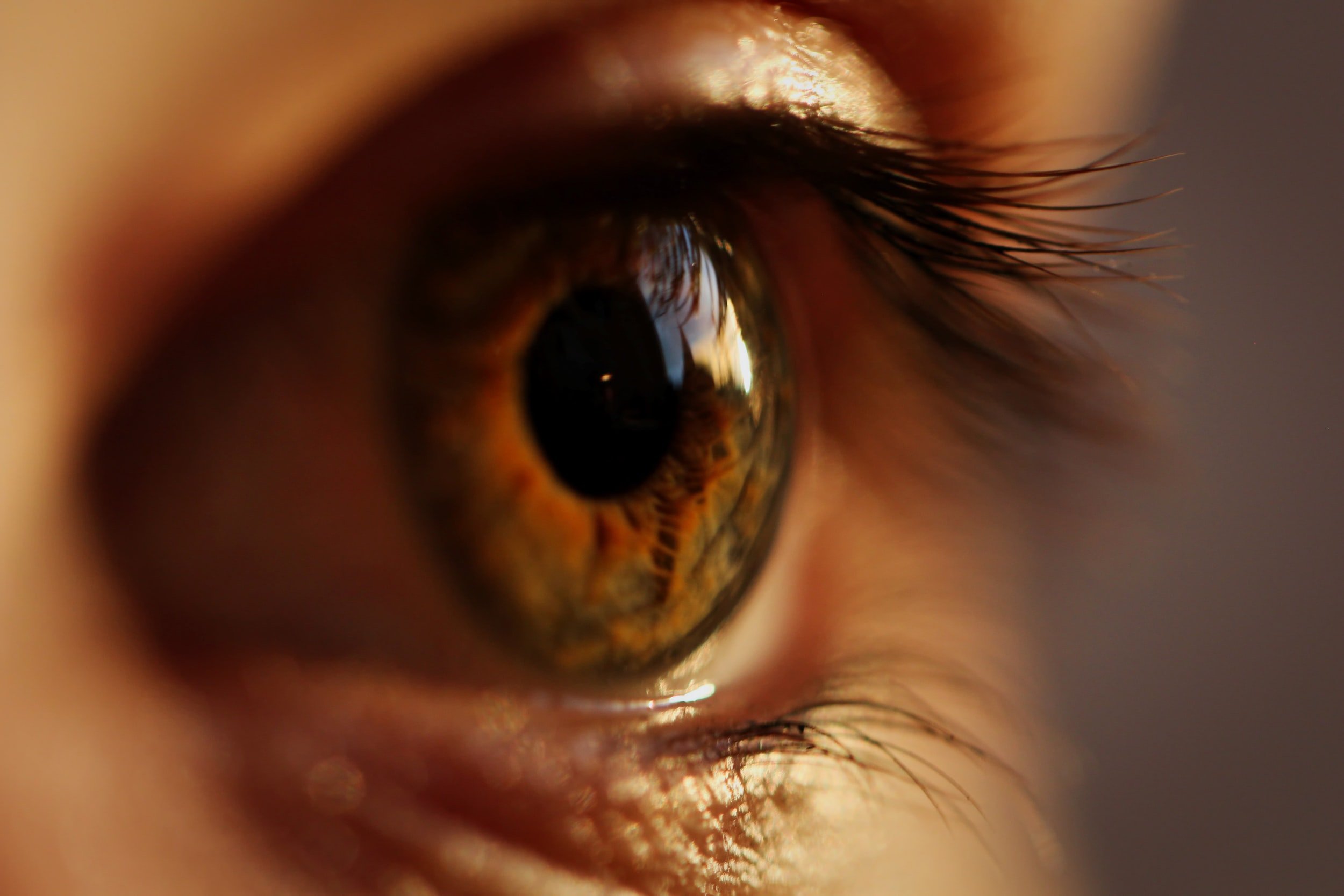
Dry Eyes Treatment
Gently retore the balance to your eyes.
What is dry eye?
Dry eye is a common condition affecting up to 30% of the population. It results from a breakdown in the natural layer of tears that coat the eye and becomes more noticeable as we age.
Common symptoms of dry are:
Excessive tearing or watery eyes
Burning, stinging or irritated eyes
Scratchy or foreign body sensation
Frequent blinking
Eye redness
Blurry or fluctuating vision (particularly noticeable when reading, using a computer, watching television or driving)
Sensitivity to light
Eye fatigue
Reduced tolerance to wearing contact lenses
Dry eye treatment and management
There are a number of treatments for dry eye which range from simple home treatments to more advanced treatments carried out by our optometrists in our practice.
Home Treatments
Drops and ointments to alleviate the symptoms such as ‘artificial tears’
Heating eye compress masks
Dietary supplements such as Omega 3, flaxseed or fish oil supplements which may assist in reducing inflammation
Meibomian Gland Therapy
This therapy involves re-activating the glands in your lower eyelid if they have become blocked. It is conducted by the optometrist using special instruments.
Intense Pulse Light (IPL) Therapy
This therapy is applied with specialised equipment (Lumenis M22 machine) by the optometrist. It is a drug free, light based treatment that targets chronic inflammation that is a key cause of dry eye syndrome.
Dry eye assessment and diagnosis
Before treatment for dry eyes, our optometrists will perform a dry eye screening assessment. The dry eye assessment will involve an investigation of the main indicators of dry eye syndrome such as tear film stability, signs of ocular inflammation, and functionality of the meibomian glands. The assessment will be performed with specialised equipment in accordance with regulated scientific protocols.
The results of the dry eye screening assessment will be discussed with you before commencing treatment. Infra-red imaging of the meibomian glands can be conducted. Images of the meibomian glands help determine the extent to which your glands are active or dormant. In other words, you will understand the cause of your dry eye problem.
Dry Eye FAQs
-
Dry eye is a chronic disease whereby regular treatment is recommended.
There are a number of treatments available for dry eye, ranging from eye drops and warm compresses through to IPL treatment and medications. It may take more than one consultation to find the right option for you.
At times your condition will improve and you may be tempted to discontinue treatment. However, it’s important to manage this condition and continue treatment. Our optometrists will develop a treatment plan with you and monitor your progress throughout the plan.
-
Mask-associated dry eye has become common during the COVID-19 pandemic. When air vents from the top of your mask and across the surface of your eyes, it causes your tear fluid to evaporate more quickly, causing (or worsening) dry eye.
A properly fitted mask forces air to vent downwards, away from your eyes. Wearing a mask with nose wire that can be shaped to fit firmly across the bridge of your nose, or taping down the top of your mask with skin-friendly tape, can help. Additionally, try to blink more often while you wear your mask, as this distributes tear fluid across your eye.
Using dry eye treatments, such as lubricating eye drops (artificial tears), warm compresses or heated eye masks, can also help you manage mask associated dry eye. If your symptoms persist or are severe, please consult with our optometrists for further assessment.
